![Image[1] - 12 Best Practices for Optimizing Internal WordPress Links: Boost Traffic and SEO Results - Photon Fluctuation Network | Professional WordPress Repair Service, Worldwide, Fast Response](https://www.361sale.com/wp-content/uploads/2024/07/2024072508540545.png)
What are internal links for?
Internal linking is crucial in WordPress for several reasons. Studies have shown that internal links can help bringIncreased traffic flow40%. in addition to internal linking in WordPress:
- Help visitors navigate your website easily
- Improvement of website structure
- Keeping visitors on your site
- Help Google analyze your website
- Building your SEO
- as well asmore
This article describes some best practices for internal WordPress linking.
1、Develop a content marketing strategy
Unless you have a lot of quality content on your WordPress site, you will not be able to build an effective internal linking strategy. Therefore, a content marketing strategy must be developed. It is not enough to write bits and pieces of content, you must create valuable content that addresses your audience.
Once you have enough content, you can build many internal links to improve your internal linking strategy.
2, avoid excessive use of anchor text
Using anchor text in your internal linking strategy is a good idea, but overdoing it can be counterproductive, MicrositeMasters.com has found that sites that overuse anchor text are often disciplined by Google Penguin.
![Image [2] - 12 Best Practices for Optimizing Internal WordPress Links: Boost Traffic and SEO Results - Photon Fluctuation Network | Professional WordPress Repair Service, Worldwide, Fast Response](https://www.361sale.com/wp-content/uploads/2024/07/2024072508452433.png)
Using anchor text is better than using linked images, but image links should contain appropriate alternative text. Avoid optimizing anchor text and instead use natural sentence fragments to create internal links. Also, don't fill your blog posts with unnecessary keywords.
3. Make sure the image link has the Alt attribute
The Alt attribute of image links can be used as anchor text for text links and sends ranking signals to search engines. Therefore, make sure you add relevant alternative text to all images. If you have a lot of images on your site, you can use plugins such asImage SEO Optimizerto automatically create related image names and alternative text. The plugin also helps you find which image links don't have alternative text.
![Image [3] - 12 Best Practices for Optimizing Internal WordPress Links: Boosting Traffic and SEO Results - Photon Fluctuation Network | Professional WordPress Repair Service, Worldwide, Fast Response](https://www.361sale.com/wp-content/uploads/2024/07/2024072508462595.png)
4、Avoid linking to the top page
Top-level pages (such as the home page and contact us page) usually link to the main navigation menu. Therefore, avoid redirecting more links to these pages. Instead, point internal links to your blog posts, which will help strengthen internal links and pages and improve the SEO of your website.
5. Manual internal links
Although it takes time to add internal links manually, the results are great.WordPress offers a number of linking tools that can help you manually add links to your main post content. Whether using the Classic Editor or Gutenberg, you can add links to posts or pages. Select the phrase you want to use as anchor text and click the link icon (in Classic Editor at the top of the editor, in Gutenberg it will appear in a pop-up window above the text). Links can be pasted here or searched for pages or articles posted on the site.
![Image [4] - 12 Best Practices for Optimizing Internal WordPress Links: Boosting Traffic and SEO Results - Photon Fluctuation Network | Professional WordPress Repair Service, Worldwide, Fast Response](https://www.361sale.com/wp-content/uploads/2024/07/2024072508465419.png)
6, using WordPress plugin for automatic internal linking
If you have hundreds of blog posts on your site, linking manually may become difficult. In this case, you can use a plugin for automatic linking. Unlike the manual method, using a plugin saves a lot of time and makes it easy to edit the internal links of old content.
Some recommended WordPress plugins include:
These plugins help you to automatically link all the keywords in your posts to specific links.
![Image [5] - 12 Best Practices for Optimizing Internal WordPress Links: Boosting Traffic and SEO Results - Photon Fluctuation Network | Professional WordPress Repair Service, Worldwide, Fast Response](https://www.361sale.com/wp-content/uploads/2024/07/2024072508472324.png)
7,Using NoFollow Links
One of the main reasons for internal linking is to optimize the SEO of other pages. don't break it by creating internal nofollow links. noFollow links use HTML attributes that tell search engine bots to follow links that point to their destination. By default, links added by WordPress are already noFollow.
8, do not insert too many links per page
The more links placed on the page, the more they pass theLink WeightThe fewer links you have. Too many links can also send spam signals to search engines and negatively affect the authority of your pages. Therefore, limit the number of links per page and keep it atLess than 100The
9. Insert links with values
Internal linking needs to be user-centric in order for them toProviding value and information.. Providing valuable information is more important than the SEO value delivered through links. Internal linking stimulates user engagement and extends the length of time a visitor stays on a website.
10. Insert relevant links
Ensure that the link is to the link that is associated with theSource content related pages. For example, if you have a page on your website about photography, it doesn't make sense to link it to a fitness page. Linking to relevant content improves user experience and SEO.
11, do not fill in the footer optimized internal links
Avoid filling the footer with lots of optimized internal links, this strategy is outdated and can lead to search engine penalties. Instead, place useful links in the footer, such as a contact page or social media profiles.
12, the use of breadcrumb navigation
![Image [6] - 12 Best Practices for Optimizing Internal WordPress Links: Boosting Traffic and SEO Results - Photon Fluctuation Network | Professional WordPress Repair Service, Worldwide, Fast Response](https://www.361sale.com/wp-content/uploads/2024/07/2024072508530493.png)
Breadcrumb navigation is a navigational hierarchy that helps users keep track of their current location on a website, helping to maintain a neat hierarchy and improve SEO results. Most good WordPress themes offer this feature. If your theme doesn't offer this feature, you can use the Yoast SEO plugin to add breadcrumb navigation.
Other brief tips
- If it's not possible to use the keyword in your content, consider adding it as a page or at the end of the article "Related links".
- Remember, SEO is important, but user experience and click-through rates are equally important.
- Use descriptive language to let visitors know the benefits of clicking on the link.
- Use persuasive action words.
- If there is a new post that is relevant and valuable to the old one, add a link to it and vice versa.
- Use tools such as Google search operators to find pages related to your site.
Summary:
Internal linking is vital in WordPress to help boost website traffic, improve site structure, enhance user experience and improve SEO. Strategies such as developing a content marketing strategy, avoiding excessive use of anchor text, ensuring that image links have Alt attributes, avoiding linking to top-level pages, adding internal links manually, using plugins for automated linking, using DoFollow links, controlling the number of links per page, inserting valuable and relevant links, avoiding optimized links in the footer, and using breadcrumb navigation, can all help optimize internal links and improve the overall performance of your website.
Link to this article:https://www.361sale.com/en/14663
The article is copyrighted and must be reproduced with attribution.




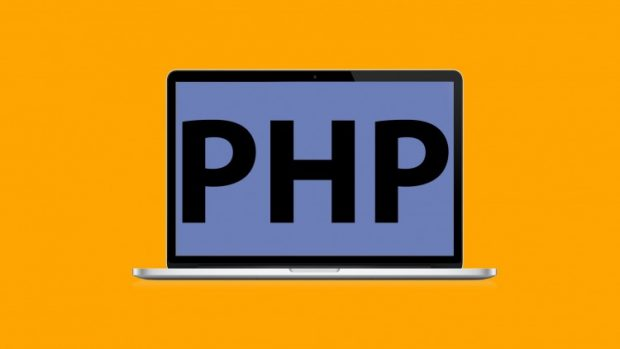
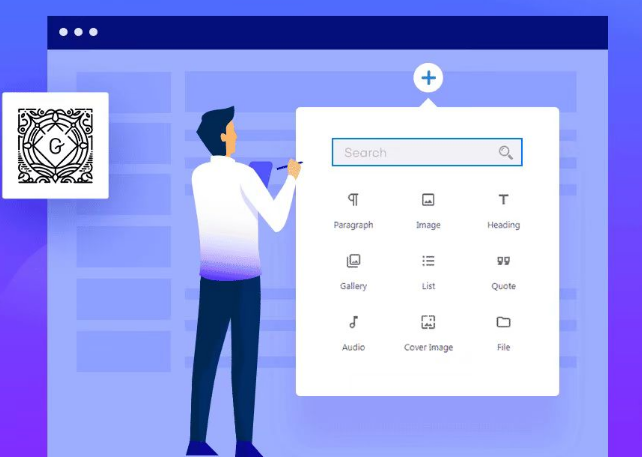
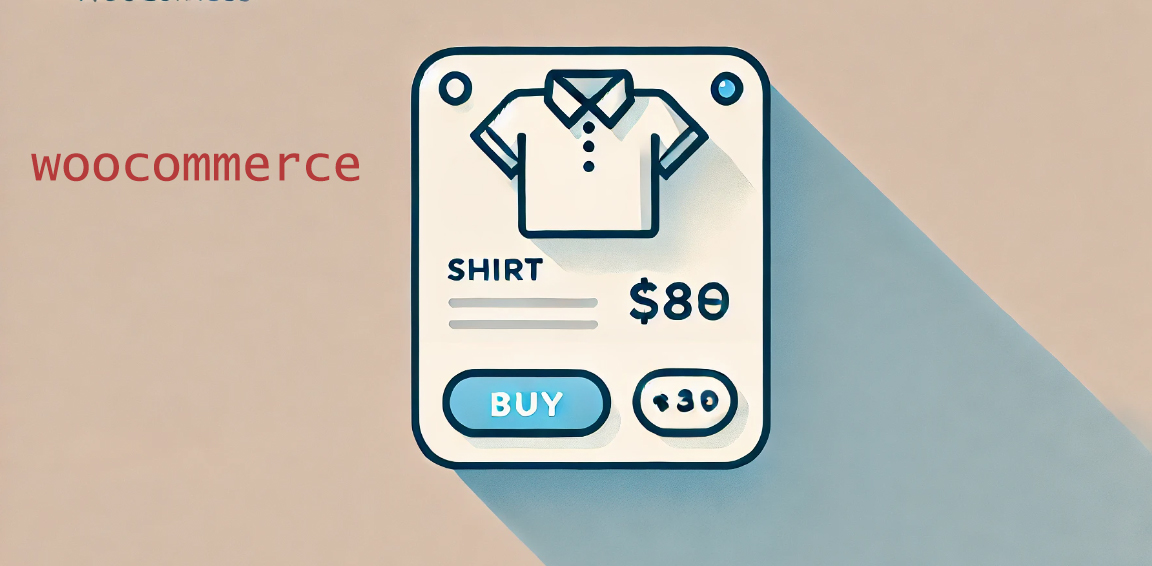







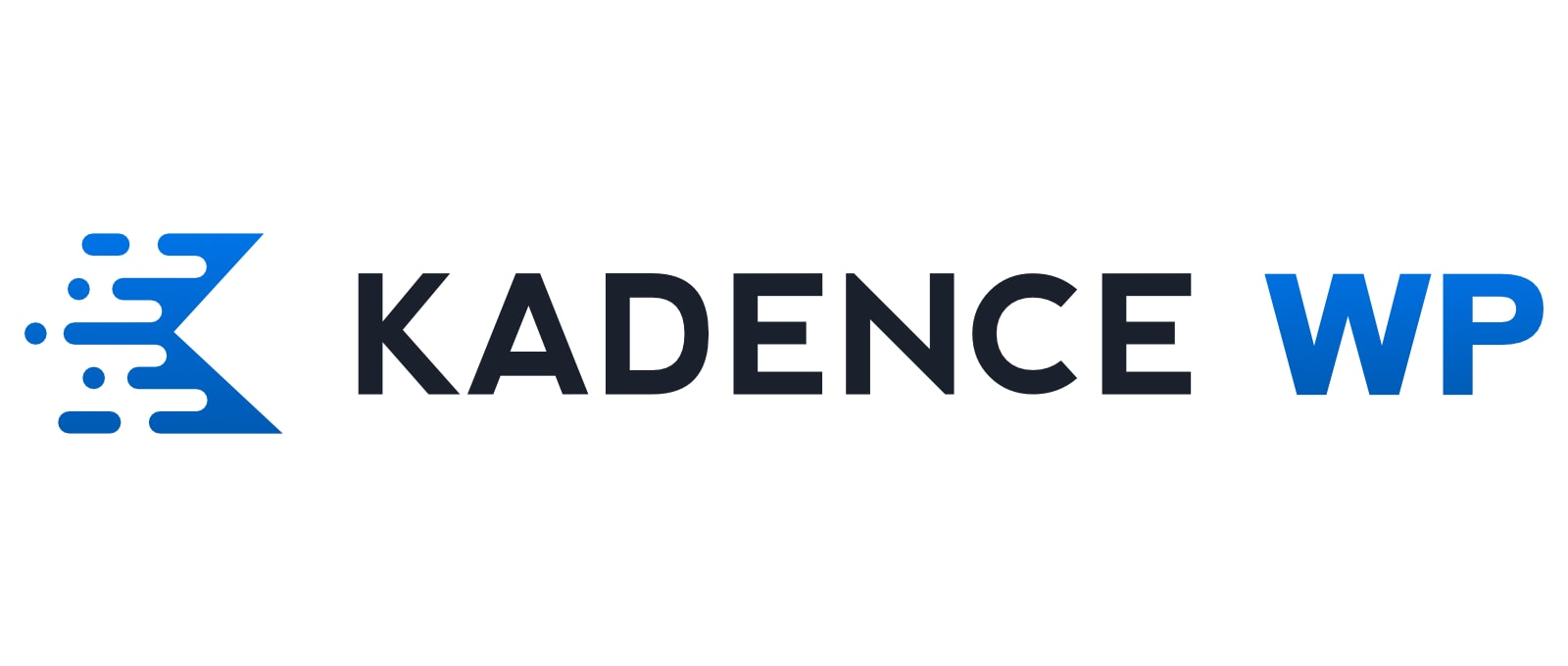


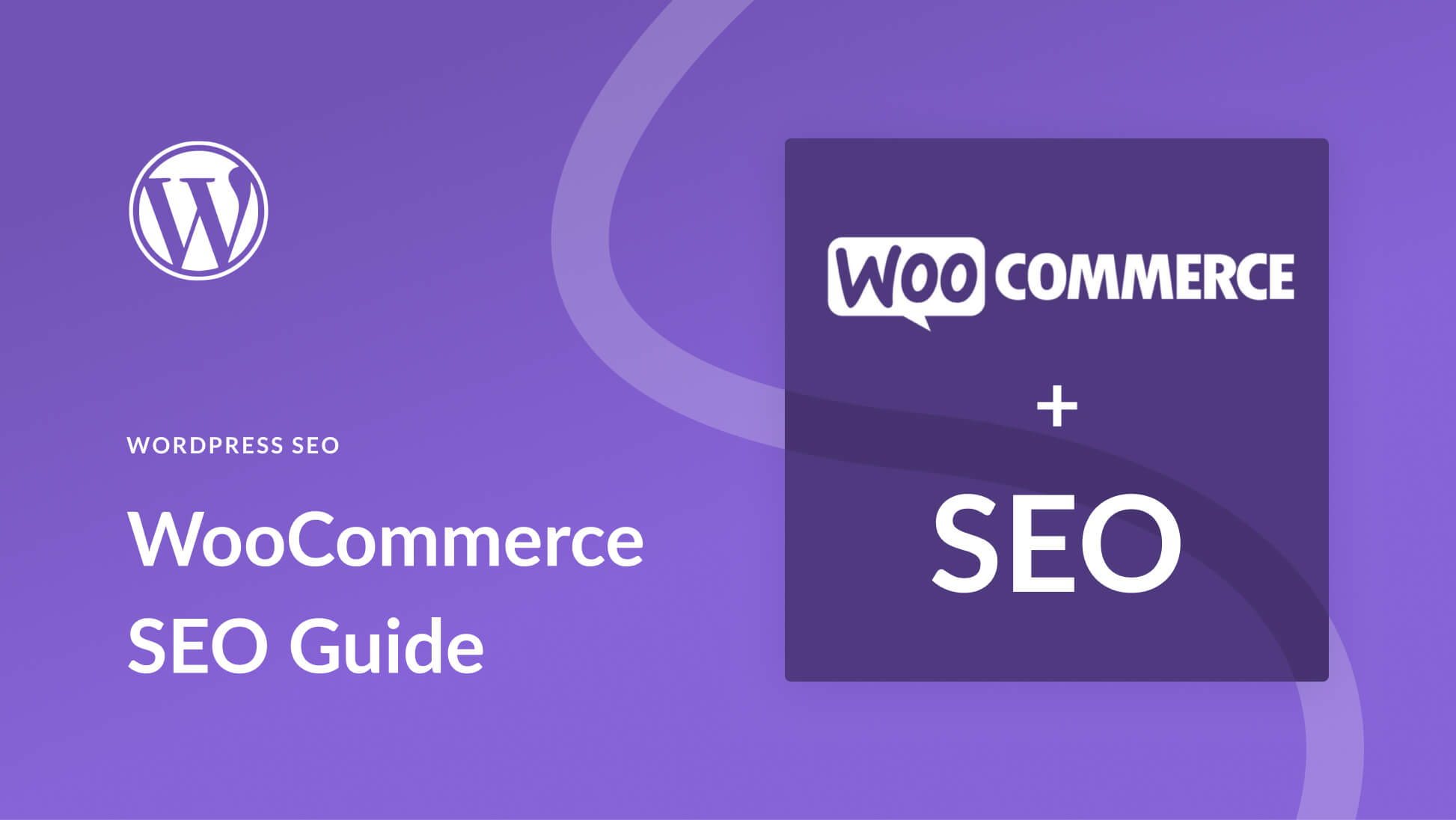
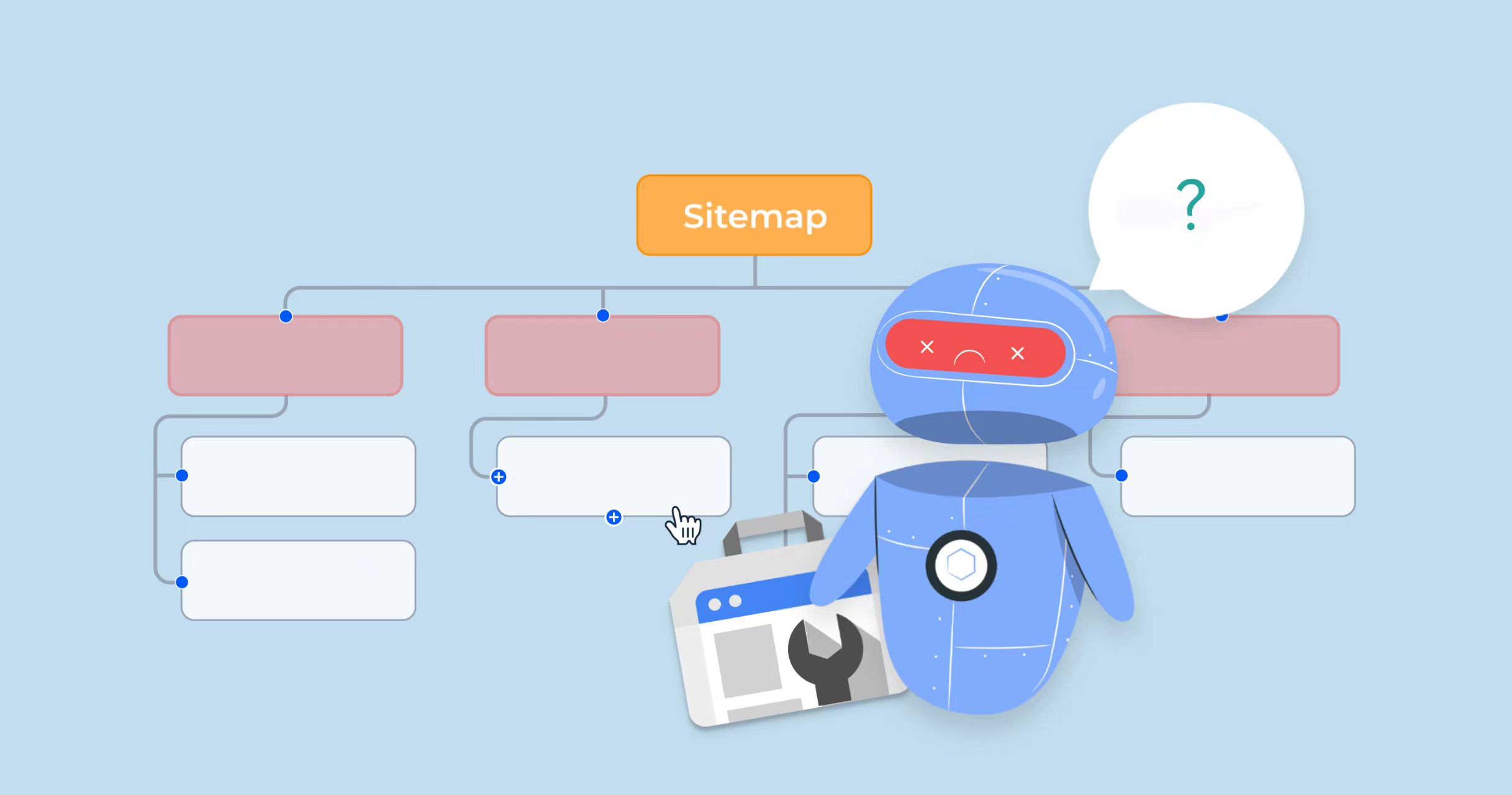
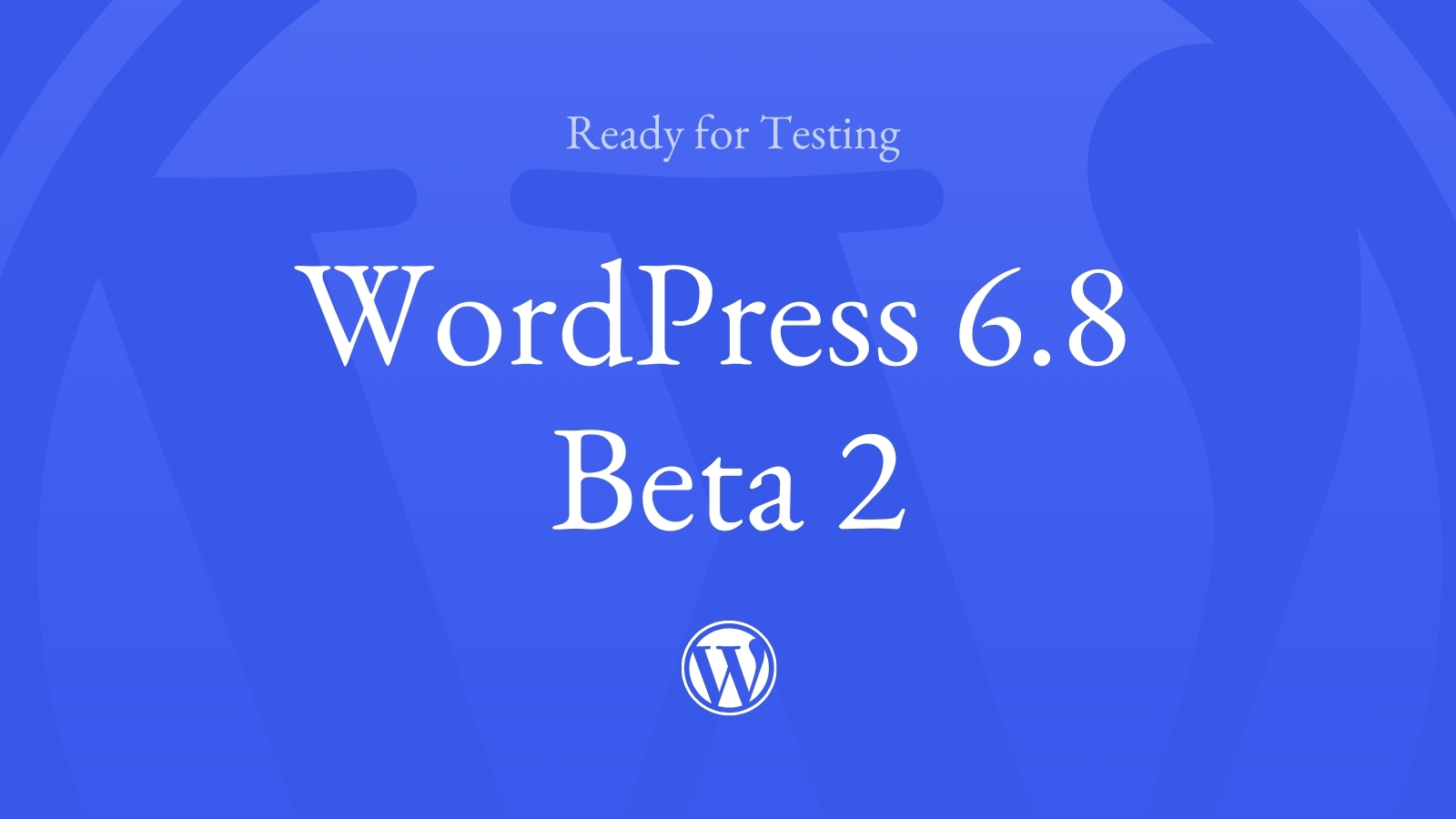














No comments